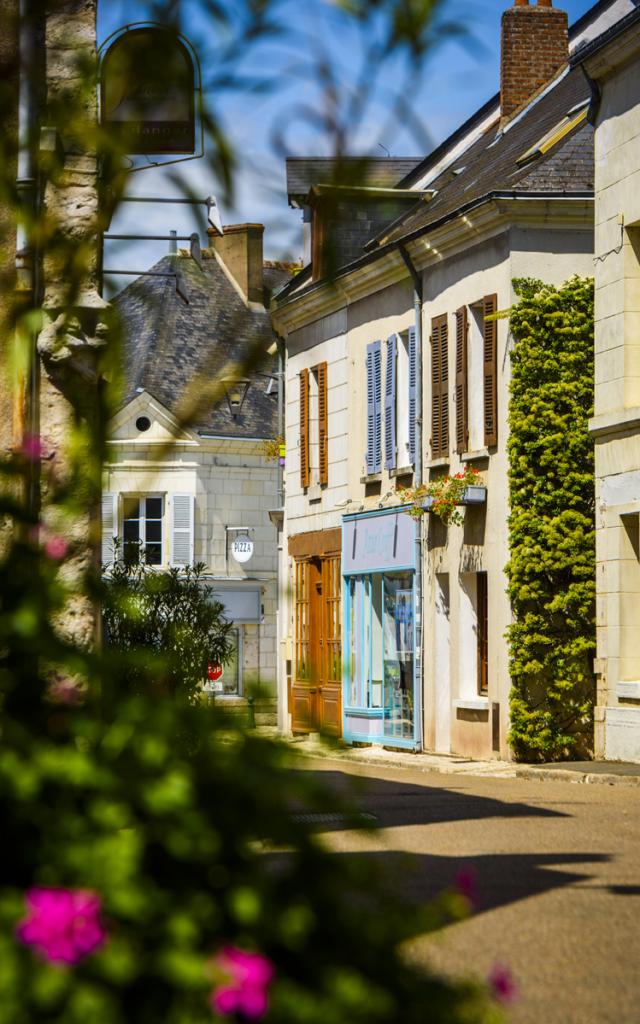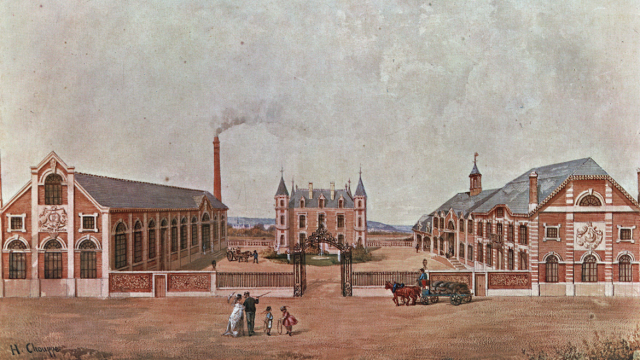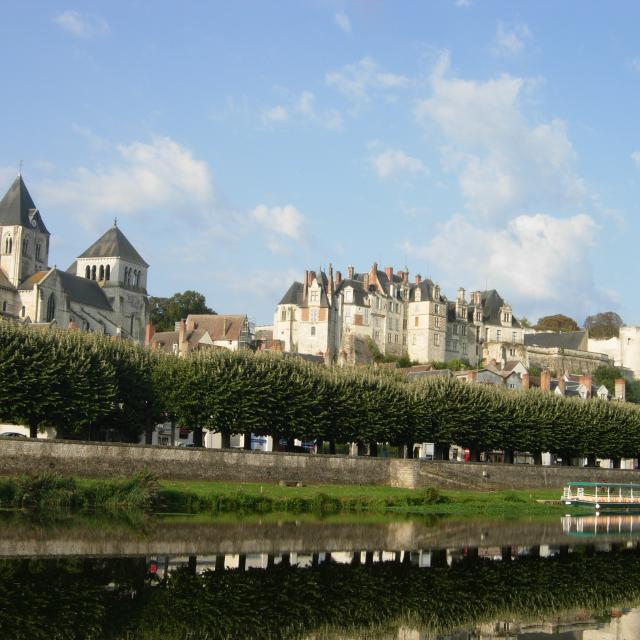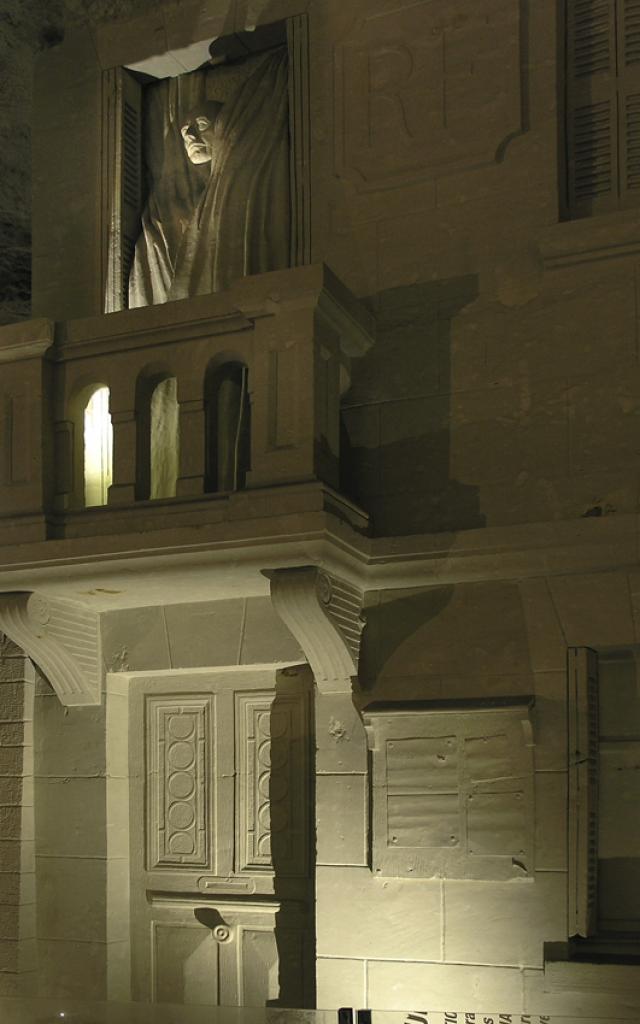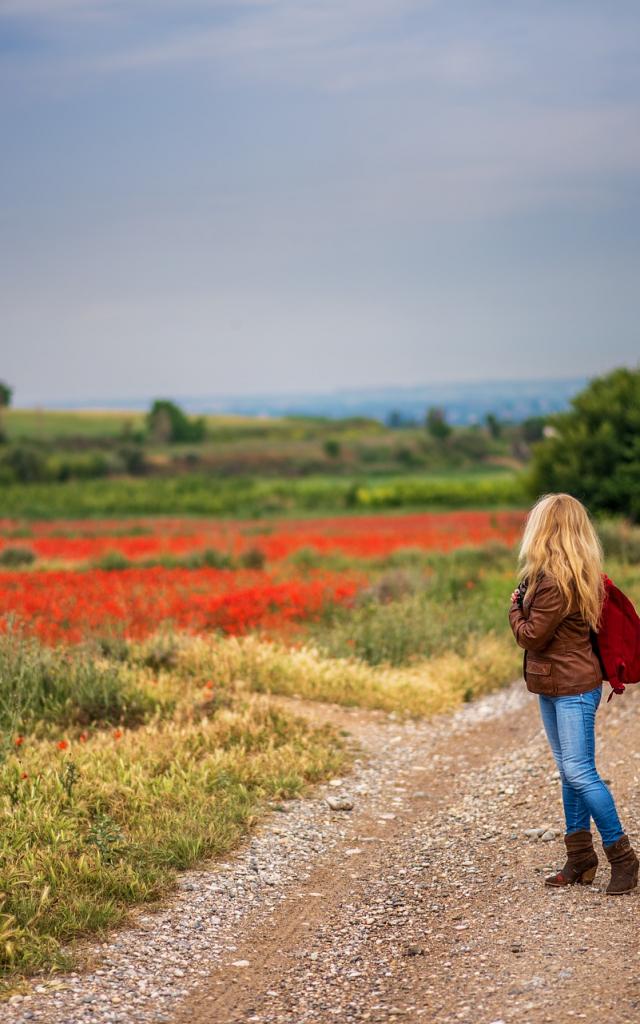The Abbey of Pontlevoy
Founded in 1034 by Gelduin, lord of Saumur, Amboise and Chaumont, and ally of Comte Eudes II, the abbey was originally home to monks of the Benedictine order. They cared for the sick and provided education for children.
Though ruined during the Hundred Years’ War, the abbey experienced a revival in the 17th century.
In 1631, the Congregation of Saint-Maur, a Benedictine reform movement, took over the abbey. Under the leadership of Abbot Pierre de Bérulle, the abbey flourished both spiritually and intellectually. The monks adorned the chapel with Baroque art and built the monastery buildings that still stand today, using tuffeau, the characteristic white stone of the Loire Valley.
In 1644, the monks reopened the college and constructed new school buildings on the north side of the chapel. In 1776, King Louis XVI established a Royal Military School within the abbey, which ranked third among the twelve royal military schools of France. By the 18th century, it was considered one of the country’s finest preparatory institutions for military education.
During the French Revolution, the military school was abolished and replaced by a secular college run by a former Benedictine. During the Second World War, the abbey was occupied by the Germans but had also served as an emergency centre for the American armies during both World Wars. French soldiers were sheltered here, followed later by the Germans. Upon withdrawing, the German army set fire to the site, destroying all but the chapel, the abbey, and the adjoining buildings.
 Abbaye Pontlevoy Visite
Abbaye Pontlevoy Visite
